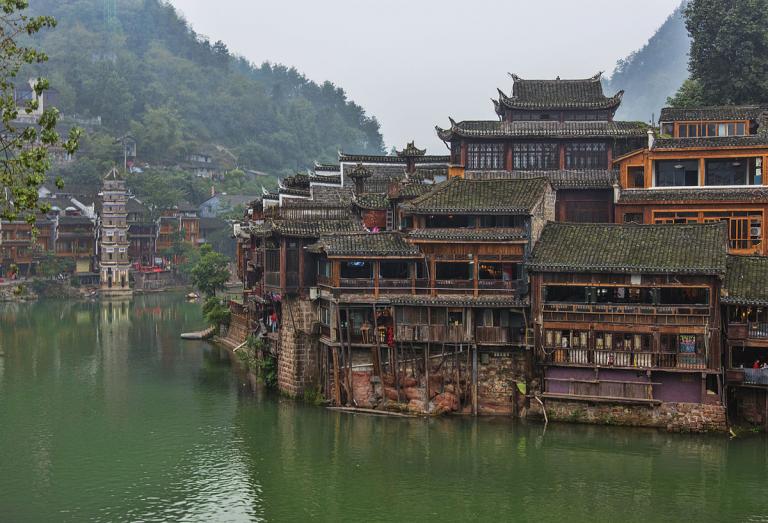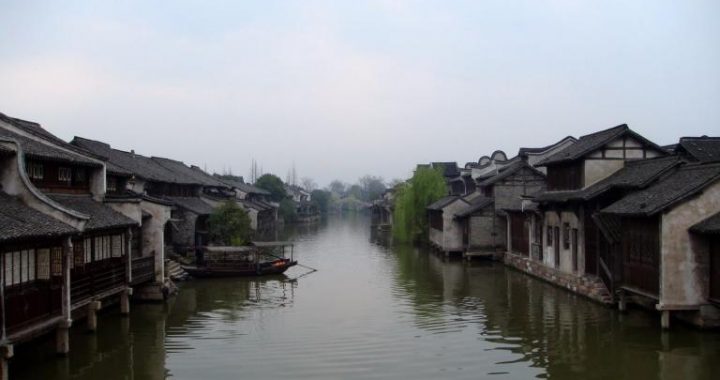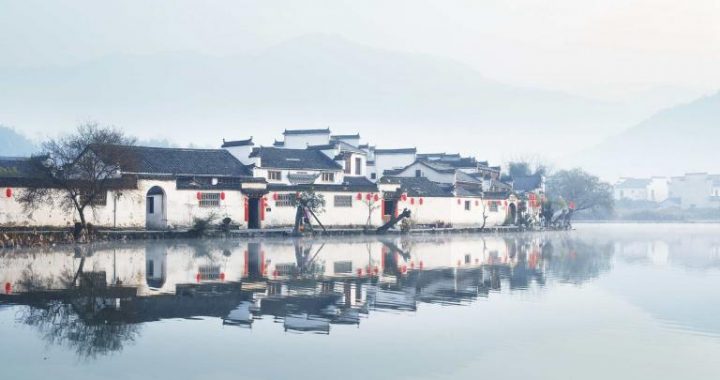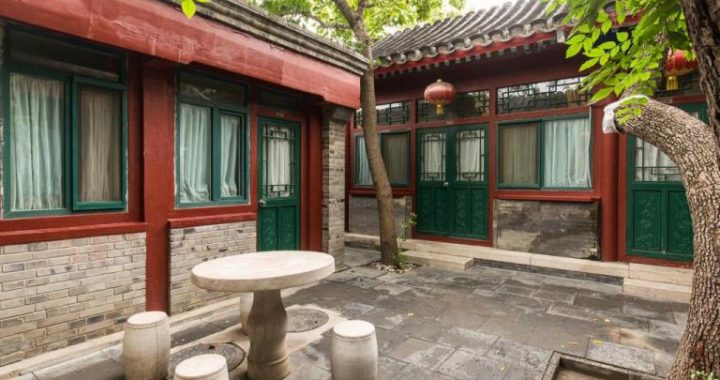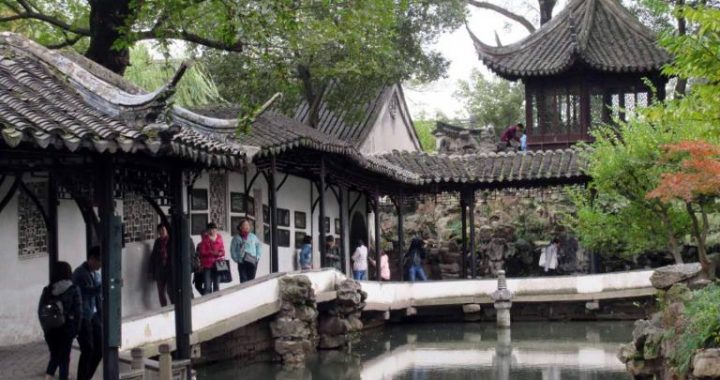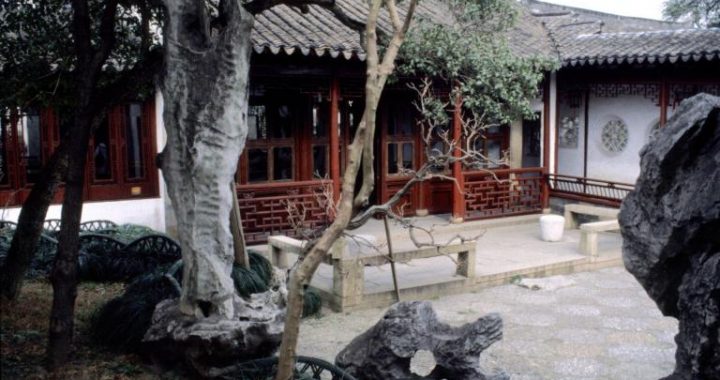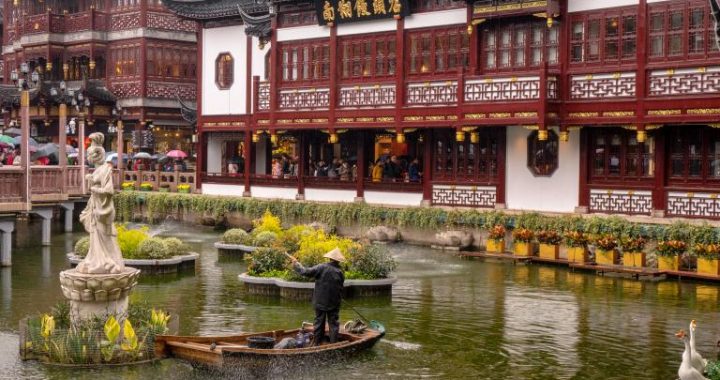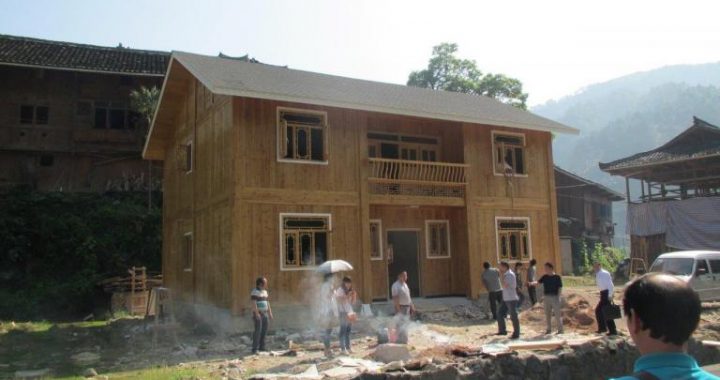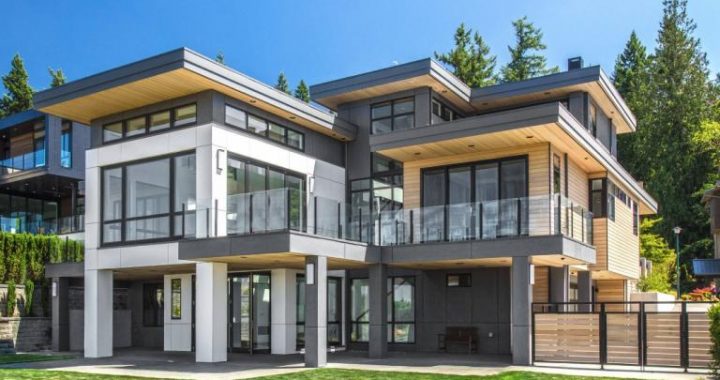Famous cities in ancient China
6 min readLocal cities were various localities’ strongholds of the imperial court’s political and military rule and were often local economic and cultural centers.
Some of them were transportation hubs, some were handicraft centers, some were foreign trade ports, and some were a bit of them all. These cities were very widely distributed, and their planning and construction were carried outaccording to local conditions such as various localities’ different climates, landforms, transportation, defense and other requirements.
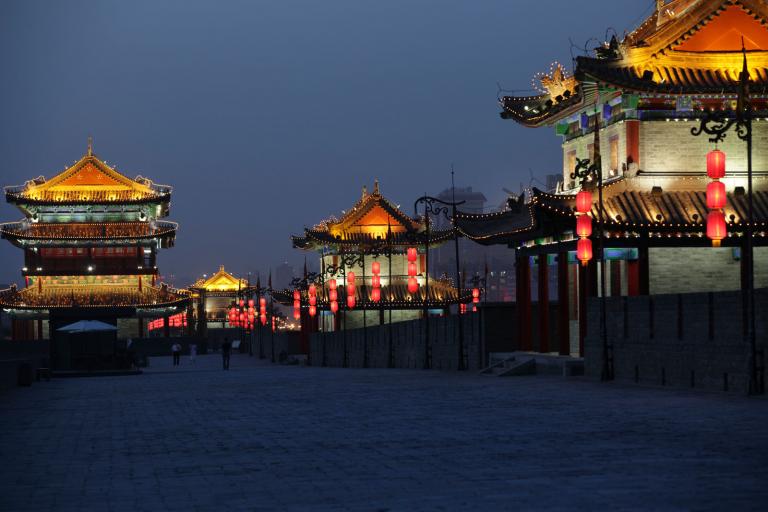
In northern areas of flat land, courtyard-style houses prevailed, so city layouts were regular, mostly square or rectangular; roads were wide and straight, often forming crossroads and T-junctions; there was often a drum tower and bell tower at a city’s center, and the government office was to the north or near the drum tower and bell tower. These characteristics are manifested by Xi’ an City and Pingyao Ancient City of the Ming and Qing dynasties.
In areas with many rivers and mountains, landforms were complex and changeful, so city layouts were more flexible and road systems were often irregular because of adaptation to landforms; if the city was near a mountain then main roads extended naturally along contour lines; if a city was near a river, then it was often a belt-shaped city. The famous “mountain city”of Chongqing is an example.
Water towns south of the Yangtze River mainly relied on water transportation, and streets and houses were arranged along river courses, so small towns often extended into the belt shape along rivers, and large towns formed the block shape with cross and crisscross river courses. Winding waterways, interspersed bridges and corridors, whitewashed walls and black tiles were very beautiful scenes. Pingjiang Prefecture of the Song Dynasty(today’s Suzhou) was a representative of these cities.
Some cities even adopted round city plans for defense, flood control or obtainment of certain symbolic meaning. For example, for flood control, Suqian County, Jiangsu Province was relocated and planned into a round shape “like the sun”;a round outer city was built outside Rugao County to facilitate resistance against Japanese pirates’ invasion.
Pingyao-The Most Intact County Seat of the Ming and Qing Dynasties in Existence Pingyao Ancient City in Shanxi is a famous cultural city with a history of more than 2,700 years. The ancient city we see today was shaped by expansion carried out in the 3d year of the Hongwu Period of the Ming Dynasty(1370).
The ancient town is about 2.25 square kilometers in size with the south street as the axis. According to Chinese ancient traditional city plans, temples, offices, platforms, etc. are regularly distributed along the central axis; the city tower is located at the center of the city, and the south street, the east-west street, the city god street and the government office street constitute several T-shapedcommercial streets larger than those in traditional towns, showing prosperous local commerce and trade. The names of other streets and lanes are all old names of the Ming and Qing dynasties, and their patterns include crisscross and T-shaped streets, lanes and bridleways. Local people call them “four main streets, eight narrow streets and 72 winding lanes.”
Speaking of Pingyao,”Shanxi merchants”and “exchange shops”must be mentioned because it is one of the places where “Shanxi merchants”originated and the place where the “Rishengchang”exchange shaped, China’s first embryonic modern bank, was established. Under the push of the “Rishengchang”exchange shop, the exchange shop industry of Pingyao and even Shanxi developed rapidly. In the peak period in the late Qing Dynasty, Shanxi’s exchange shops had more than 400 branches in 85 domestic cities, Tokyo, Osaka and Kobe in Japan, Inchon in Korea, Singapore in Southeast Asia, Moscow in Russia, etc. Pingyao’s exchange shops were most prosperous amongthem. With as many as 22 exchange shops, it was once the center of China’s financial industry. Around the Revolution of 1911, the modern banking industry rose in China, and Pingyao’s exchange shops gradually declined after more than 100 years of glory.
Though Pingyao Ancient City has underwent a lot of changes, city walls, streets, civilian residences, shops, temples and other building are still basically intact and the original forms and patterns are basically unchanged. It is themost intact ancient county seat of the Ming and Qing dynasties in existence.
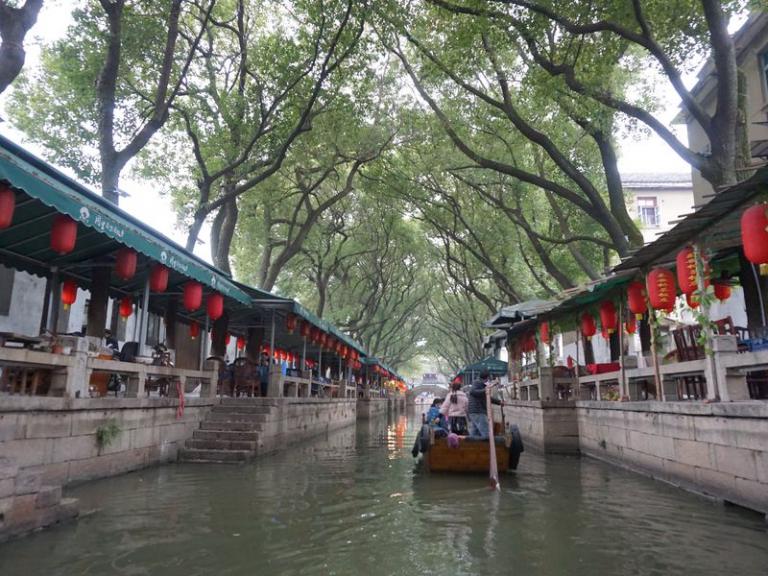
Chongqing-The Mountain is a City, and the City is a Mountain.
The mountain city Chongqing is located on hills at the confluence of the Yangtze River and the Jialing River. In the Warring States Period (475-221 BC), the Qin Dynasty and the Han Dynasty,a city with hills behind and the rivers in front was formed. It was built with hills behind on one side and surrounded by water on three sides. There were great elevation differences in the city, successive ascending and descending lanes and corridors were formed, and there were abundant spatial changes. Seen from a distance, buildings’ roofs overlap and roads wind up. The city’s appearance is very unique, so a splendid night nightscape is formed.
In the early Ming Dynasty, Dai Ding expanded Chongqing’s old city. To meet feng shui requirements for generation and inhibition, he built 17 citygates according to the Nine Tunes and Eight Diagrams, symbolizing “strongly fortification of the city.”Among these 17 gates, nine were water gates for laborers to carry water of the two rivers into the city. Later, fires occurred frequently in the city. The government office thought it was because open water gates could not contain the element of fire, so it closed eight water gates, hence the proverb,”Among the seventeen gates, nine are open and eight are closed.”The largest gate among them was the Chaotian Gate with the words “Impregnable Ancient Pass of Chongqing”above it. Because this gate along the Yangtze River flowing to the east faced the capital Nanjing where the emperor lived, local officials received imperial envoys and imperial edicts here, hence the name “Chaotian Gate.”
Suzhou-Poetic Water Town South of the Yangtze River Suzhou first built during the reign of King Helu of Wu(on the throne from 514 BC to 496 BC)in the late Spring and Autumn Period was the capital of the Wu State.In the Qin Dynasty(221-206 BC),the Han Dynasty,the Jin Dynasty(265-420)and the Tang Dynasty,it was an important large and populous city in the southeastern coastal region.In the Northern Song Dynasty and the Southern Song Dynasty,shipping business,industry and commerce were highly developed and prosperous in Suzhou.At that time,Suzhou was called Pingjiang Prefecture.”Suzhou’s city layout is clearly reflected by Map ofPingjiang carved on a stele in the 21d year of the Shaoding Period of the Southern Song Dynasty(1229).
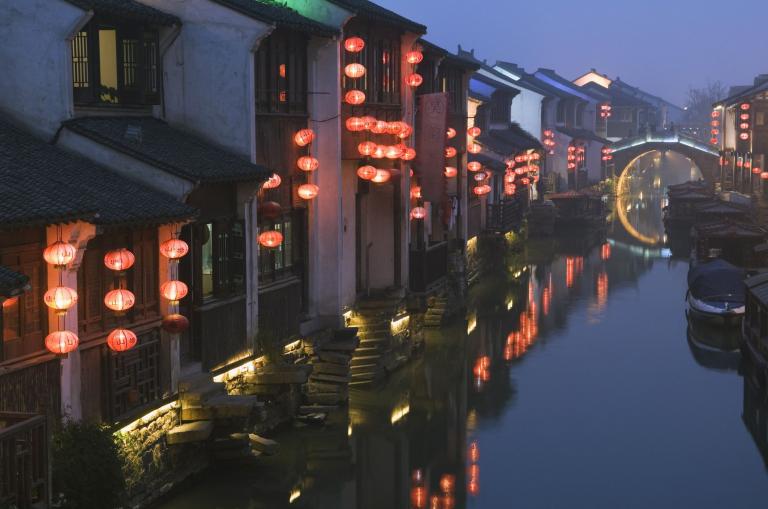
This city was a very regular rectangular city,and the north-south axis was longer than the east-west one.The city walls were slightly bent.There were five city gates in total with water gates nearby.A wide moat was outside the city walls.
The Pan Gate of Suzhou is the only intact ancient city gate for land and water transport in Suzhou,consisting of two water passes,three land passes and one enceinte.It was one of the eight gates of Heli City”in the Wu State in the Spring and Autumn Period first built in the 6th year of the reign of King Jimg of Zhou(514BC). The city tower was rebuiltin 1986.
Kunqu opera performance along Pingjiang Road in Suzhou. Pingjiang Road is the most completely preserved area in Suzhou Ancient Town, basically following the urban neighborhood pattern since the Tang and Song dynasties and stilmaintaining vitality.
The city’s roads formed a grid. The streets in parallel with the main rivercourses constituted the main roads leading to the city gates. People called them “three horizontal ones and four vertical ones.”Many branches were ramified from them, leading to various residential neighborhoods. There were bridges on the rivers and streets, markets and houses along the rivers characteristic of water towns south of the Yangtze River. There was a city trench in and out of the city walls as both a ring road and moat. The city’s er courses formed a complete traffic network and drainage system.
A lot of lord proprietors, bureaucrats and businessmen gathered in Suzhou City and built many large courtyards. Private gardens were built on a large scale in the Song Dynasty, and excellent works emerged frequently in the Ming and Qing dynasties, gradually forming Suzhou’s art of classical garden architecture with a unique style. According to records, there were nearly 200 gardens of various sizes in Suzhou City. Among them, the Surging Wave Pavilion Garden, the Lion Forest Garden, the Humble Administrator’s Garden and the Lingering Garden represent the artistic styles of the Song, Yuan, Ming and Qing dynasties respectively and are called “four famous gardens”in Suzhou.
